To construct a sheaf to some space allows us to ‘shift the discourse’ from something less well-understood to something better understood by ensuring that the less well-understood object is faithfully patched together from regions of better understood structure -[…] A sheaf is a rule to patch together nonsense into sense. (Fernando Zalamea)
Where do we go from here?
What is there to be understood, articulated, comprised in a coherent logic of a modern-rational making? An impossible map, unable to exhaust the density of the new century.
What kind of new political or personal maps are we able to patch, to glue, to put together?
Zalamea thinks of a way to chart the unknown by means of scattered known parts. Using a concept smuggled from Grothendieck’s mathematics, the sheaf, and putting it at work for philosophical benefits: sketching maps for uncharted epistemic roads.
How to germinate territories as possibilities? Perhaps starting from critical grounds but aiming towards generative horizons.
In a quasi-fictitious multi-stratum reality, one shouldn’t search for “solutions”. But rather measure zones of intense affectivity, “reading” and rating situations according to style, employing prehensive, pro-intuitive, counter-cognitive capacities.
In the current prehistory we might need a Critique of (pure?) Affect, or, running a notion from archaeology, a periegesis of the affect. Surface studies.
Yet critical thinking is not obscured. Though it’s not necessarily prioritized.
Perhaps maps are all that’s left from territories, multiple imponderable surfaces seeking their puzzle fitting. We are drowned in maps, navigating through impossible analog-digital topographies, plans and sketches of perimeters of meaning. It seems forensic procedures have become indispensable.
How to resist introspection?
Focus only on the brightness of the screen.
Something difficult to discern (the fog of “pre”). To reach an aesthetical level of political communication one must employ quasi-cognitive procedures, using the (self) image, using style. The production of experience of the 21st century succeeds in avoiding the critical apparatus while politically becoming even more efficient.
The Scrambling Map
The idea that a map is not the territory is advanced by people who think we can actually talk about an exterior reality without a proper structure to logically, mathematically or computationally discern it. From the standpoint of scientific theories, it would be absurd to talk about a territory without a demarcation of what we distinguish as a territory, separate from the map. It would be the very definition of the myth of the given. (Reza Negarestani)
One particular real, simultaneously intensified and flattened, where no ontological regime is prioritized, with no detectible hierarchy between vegetal, mineral, or digital plateaus.
What kind of mapping is possible, roaming through “the stack” (Bratton)?
“Where do we go from Here?” exhibits samples of subjectivities, age indifferent yet formatted in the 21st century, who seem unburdened by the complexity of the past. The featuring artists are not necessarily traceable to their “local” conditions, somehow elegantly avoiding old moderns’ seriousness while proving a sophisticated use of intuition. Neo-infantile capacities that facilitate a superior orientation in a decreasingly consistent reality.
A 1D territory with its interior logic obscured. Chunks of modern hybridity that coalesce from everywhere, hinting to a new prehistory where “inside” makes no more sense. We saw traces of psychedelic expression but we were not worried, the sixties seemed at galactic distances. Here we were confronted with unknown filiations and interrupted genealogies. A pre-map.
Former depths are losing authority, as today it seems skins, hair-style, lipstick and gloss are to be followed, analysed. Whatever is, will be discerned by how it looks or sounds. Are we witnessing a camp prehistory?
We welcome a new institution with a “mobile base”: Aici Acolo Pop Gallery! An “aesthetic entity” (Flueraş) announcing a heterogeneous future.
We Don’t Need Another Hero!
We can’t resist further elaboration. Perhaps Gabi Ngcobo, this year’s curator of the Berlin Biennial, suggests we don’t need another shock, another hit, another star artist, another success story, maybe we don’t require Rambo anymore.
While we should consider the MasturBar (Fabiana Faleiros).
What if we don’t want to be saved anymore?
We sense and welcome a subtle losership wave.
Facing the current widespread state of collective psychosis, and starting from the position of Europe, Germany, and Berlin as a city in dialogue with the world, the curatorial process will be selective, non-comprehensive and will not provide a coherent reading of histories or the present of any kind. (Berlin Biennial 2018 curatorial statement)
The hero is a public figure. In her universe everything is ought to be visible, as her actions are invasive and always in contact with a meta level. The hero is a vehicle, pre-individual, or rather pre-individuation (Simondon). As such, she can take many names over centuries. Or, perhaps, we only see what is selected? It doesn’t matter, the hero is possessed by all former virtues: loyalty, availability to sacrifice, symbolical invincibility.
The continents of perception are influenced by diffuse sub-tectonic movements; a decentralized affective, subliminal, coordination; an affective-cognitive magma, to be partially grasped when surfing comments under a YouTube video, or in troll campaigns. We feel we have to pay attention to vibrations, to the behaviour of plants, we begin not to know again.
An indicative work for the ambiance of the Berlin biennial seems to be that of Sara Haq, Trans: plant.
One other “indicator” we need to mention is Firelei Báez’ trompe l’oeil sculpture, placed on the front lawn of ADK. A replica part of the early nineteenth-century Haitian military castle Sanssouci – itself a replica of the eighteenth-century German leisure palace Sanssouci. A beautiful acrylic reproduction, laying oddly at the gates of Werner Düttmann’s modernist architecture masterpiece. We instantly wanted to touch it.
History is a relentlessly patched map. Precisely because for a long time the map was the history, it had to be re-arranged, re-written (actualized) for millennia. Even today, the former west is removing colonial era statues and monuments from its public space.
While visiting the biennial, we felt something smouldering underneath reality. But we felt it also in the curatorial proposal of Aici Acolo Pop Up Gallery; as the resulting exhibition is assembled from intriguing visual and auditory fragments, random extracts from artists / individuals / entities that transpire complexity. On another scale, Berlin’s spaces dedicated to the biennial and the exhibition space of Salonul de Proiecte host the material and the immaterial, co-existing in an unfamiliar harmony. Nothing strikes you, but something engulfs you and disturbs you at the same time.
At this years’ Berlin Biennial at ADK and partly at KW (see Dineo Seshee Bopape’s Untitled <Occult Instability> [Feelings] 2016-18 installation), politics seem to lie somewhere hidden, not specifically manifested. But the whole curatorial proposal is as if teleported from an emancipated yet unclear future, where one does not have to perform one’s exotic (be it real, political), being already ingrained in the layers of subjectivity. Freed from (without repressing) historical conditions, curators Nomaduma Rosa Masilela, Serubiri Moses, Thiago de Paula Souza, and Yvette Mutumba invite outernational artists who generate and disturb universal aesthetics and sensitivities.
We do not have to endlessly carry our geo-political shells, and the majority of artists featured in both contexts naturally transgress the Western art market categories. Frames of translation established in the last 20 years; “East of Europe”, “African origins”, “South American”, are bypassed but not because they no longer matter, but rather they were assimilated at an intimate level and do not play the pre-assigned role. Political tensions pulsate in different degrees behind the scenes. As it becomes clearer in 2018, the artist’s provenance is not necessarily determinant to the artistic trajectory or even subjectivity.
Moreover, in the meantime, here and there, the former peripherals are in power positions, so it seems an emancipated future is already in action. New natures are already manifesting, along with contemporary neo-regression and pre-critical universes just next door.
We know that nothing is supposed to last in the white-cube area, but these temporary perimeters are certainly needed, ones that can contain and test historical and economic non-differentiations. Spaces accommodating “generative violence” (Harry Thorne), that allow political contradictions and topological anomalies. Realms where one can scrutinize, decompose and recompose this local-global that we live, feel, smell.
We propose laboratories for aesthetical ambiances and meta-politics; thought frames for charting the unknown, spaces that encourage experiment and expression without discernible utility, or immediate social impact.
Again, considering the magnitude of each context, it seemed that the 10th edition of the Berlin Biennale and, on another scale, the exhibition hosted by the Salon of Projects, are sketching maps for territories that are yet to come.
To draw maps where no territories have been before
Dislocation as a new conceptual locus, an unstable foundation that can accommodate chain dislocations, both in the real and the virtual. Let us navigate under perpetual displacement. Constrained by multi-naturalism, we begin to use a “mobile base”. (Zalamea)
Structurally, Aici Acolo operated in a nomadic regime, materializing ephemerally yet consistently throughout Cluj. It randomly mapped the urban contingency, temporarily occupying abandoned spaces where “nothing” happened anymore. This time they were invited to Bucharest in a space dedicated to contemporary expressions. A place where structurally there is nothing, no need for re-profiling. But Aici Acolo still pops up and thrives in these new conditions. The collective doesn’t shy away from the empty white room.
A “white cube” systematically clears all its inner traces. New Project, New Document, both the contemporary art gallery (white-cube) and the stage (black-box) are emptied out in loop in order to endlessly host any kind of world.
When categories are no longer reliable, the representation of reality cracks up. Incoherently breaking up in shifting fragments. A de-puzzling. In this mess, style is of the essence. A new sort of mapping is emerging, using a wide range of pre-tools, strange compasses, unwarranted data, affective scanners, while also carrying the pre-critical navigation kit.
The works exhibited at Salonul de Proiecte mark the space in a delicate way. As soon as you walk in, Where do you go from here? seems suspiciously spacious.
Striving for the best low-profile.
Bogdan Bălan makes a multi-dimensional short cut through political space and historical time, triggered by a pseudo-invocation. A pair of headphones is hanging from the ceiling, one can listen to the artist reading in loop a short text that sounds vaguely archaic (RO), like an unrecognizable mini-mantra. Even if you don’t know the origin or the work’s context, the experience of the situation does not leave you indifferent.
Tăietzel Ticălos speaks more explicitly, proving critical depths and yet, the work emanates a dystopic irony. We were stuck to the screen.
Lorena Cocioni’s works subtly slip through the space, but once you’ve spotted them, you’re seduced by their diffused “pre”. Ephemeral crystallizations of a romantic but not necessarily human sensibility.
In front of Thea Lazăr’s camouflage yoga balls one unwarily starts to smile, the works prompting a sort of detachment from the subject.
The advanced map composed of overlapping plans by Adela Muntean is of scientific precision, analytic, a last generation rational mapping, statistics that should make sense. But that’s not our first impulse, we prefer not to know, so for a while, we carried on contemplating the hallucinatory topography.
A wave pulse traverses the space, all featured artists contribute to its distribution, generating a sophisticated atmosphere that encourages an emotional drift, but not a pre-critical trance.
In some realities the molecular revolution is over.
WHERE DO WE GO FROM HERE? was between 19.09. – 28.10.2019 at Salonul de Proiecte, Bucharest.
Artists: Andreea Anghel, Vlad Anghel, Silvia Amancei & Bogdan Armanu, Bogdan Bălan, Flaviu Cacoveanu, Lorena Cocioni, Hajnal Csibi, Thea Lazăr, Adela Muntean, Vanessa Singenzia, Tăietzel Ticălos, Smaranda Ursuleanu
Curators: Aici Acolo
POSTED BY
Ion Dumitrescu
Ion Dumitrescu started with classical ballet, then he went abruptly into contemporary dance arriving to the postspectacle practice in 2008. A practice and a set of performance strategies that he co-in...
postspectacle.blogspot.ro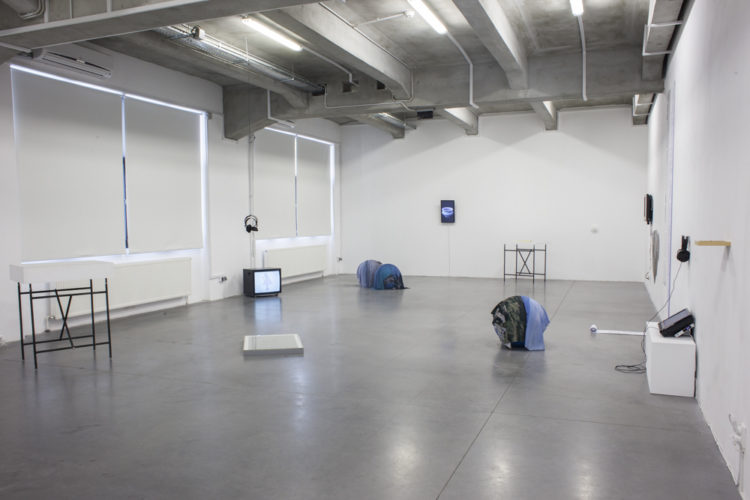
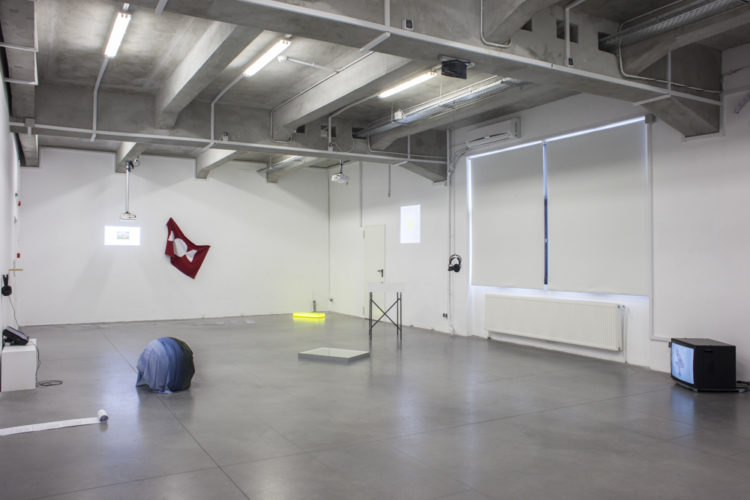
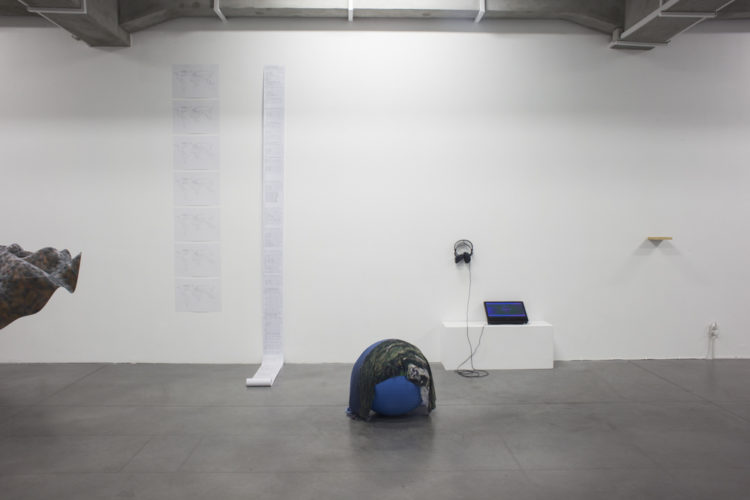
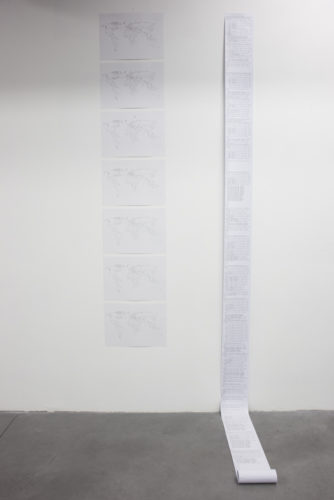
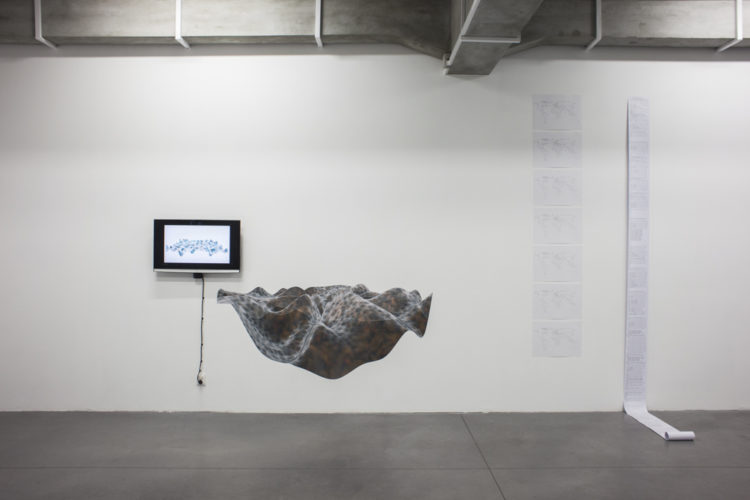
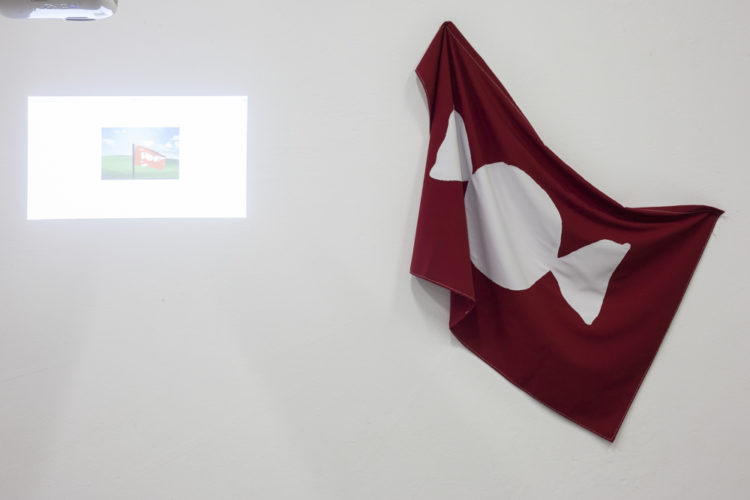
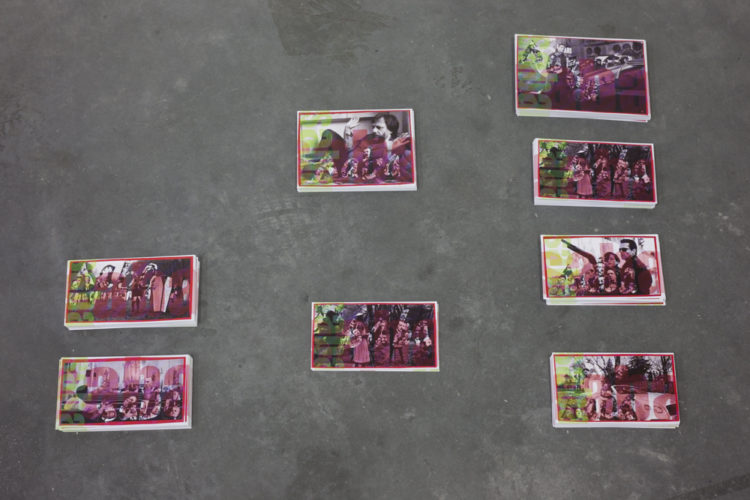
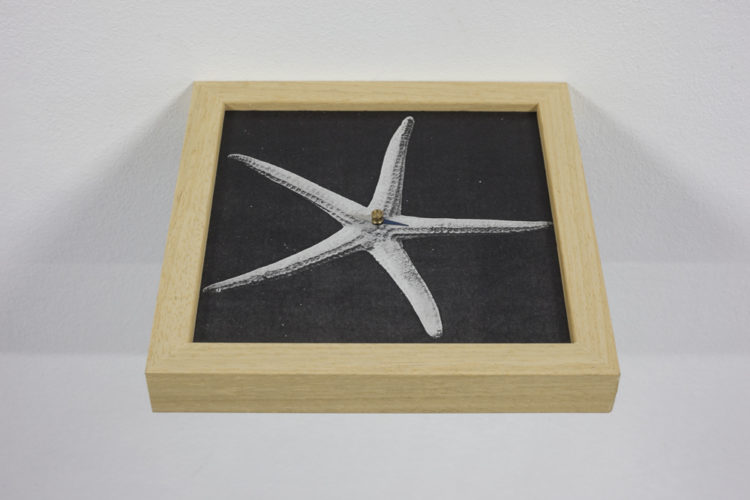
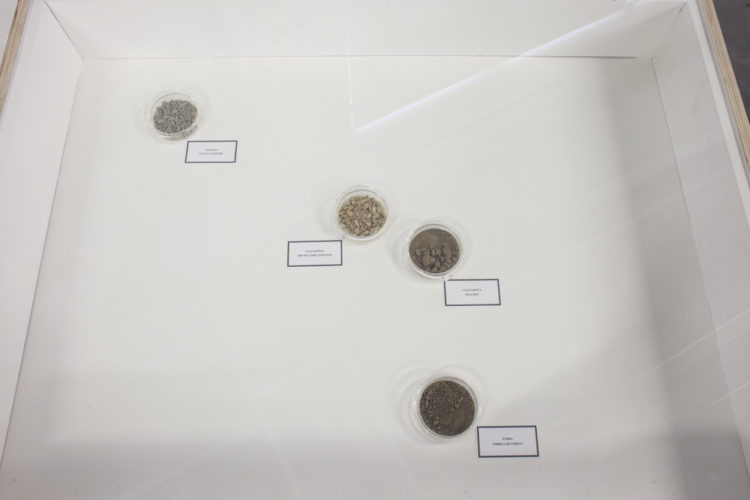
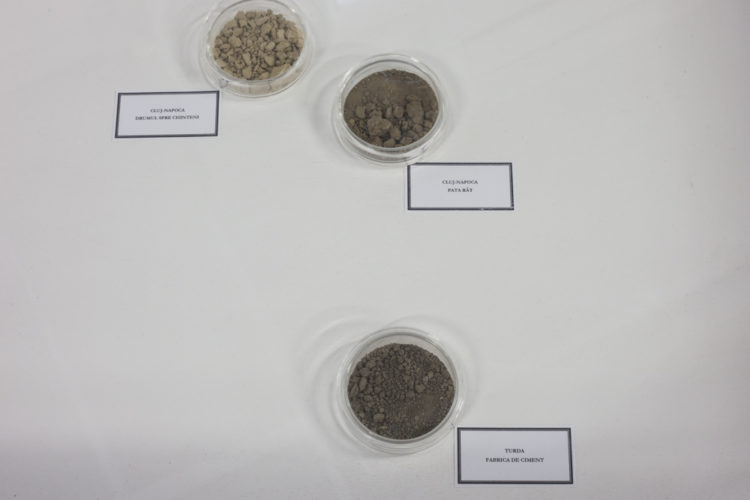
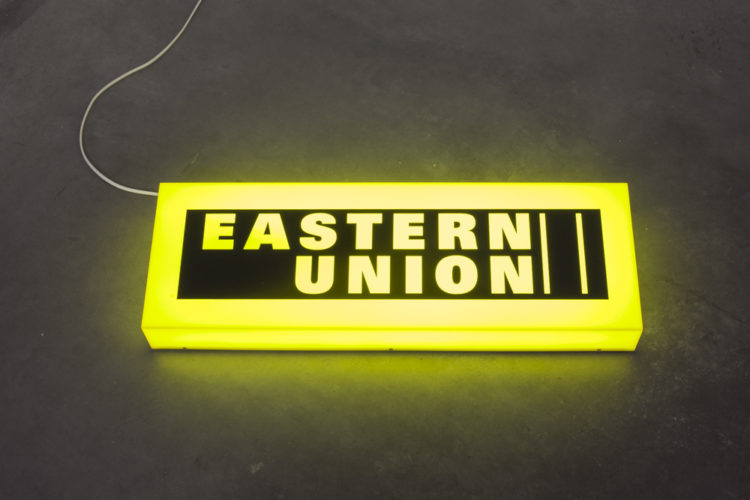
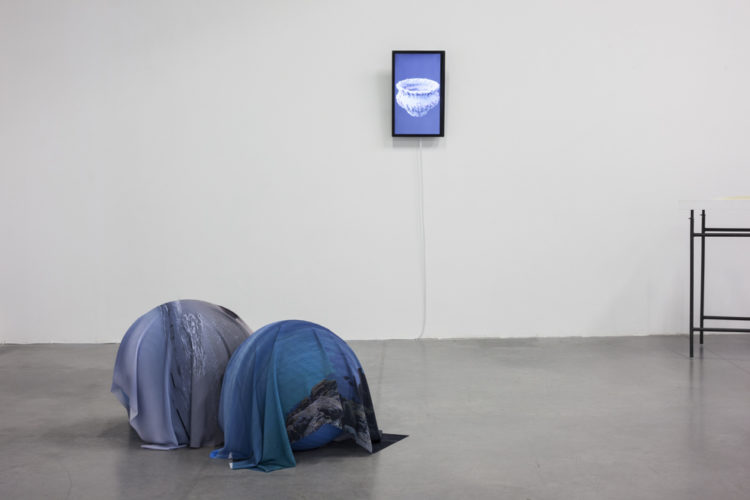
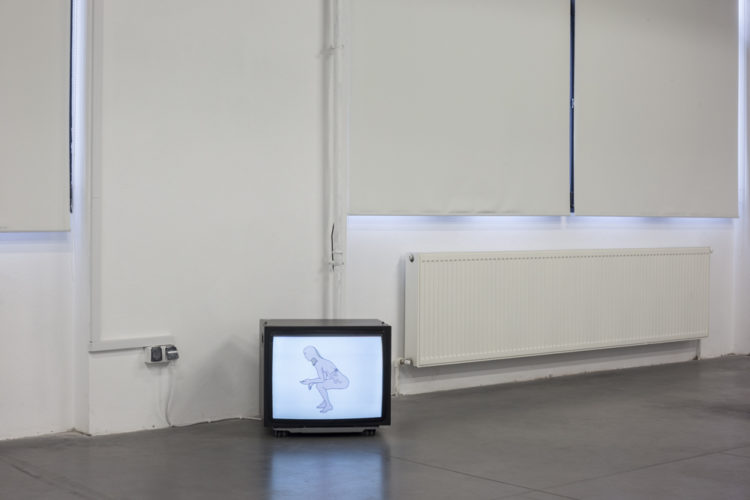
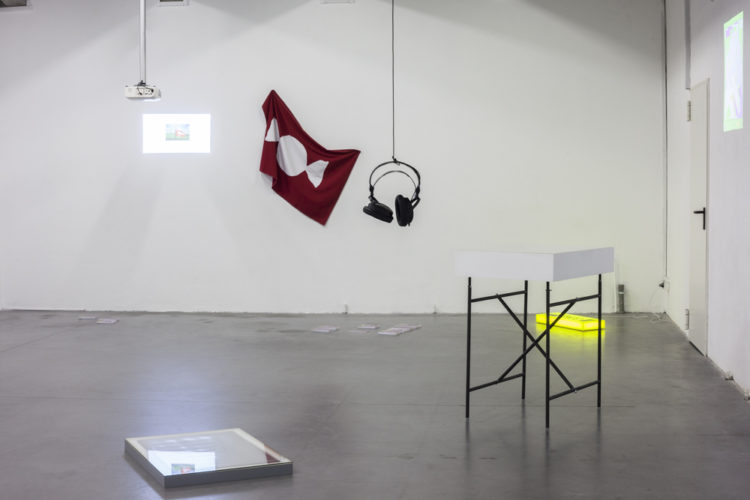
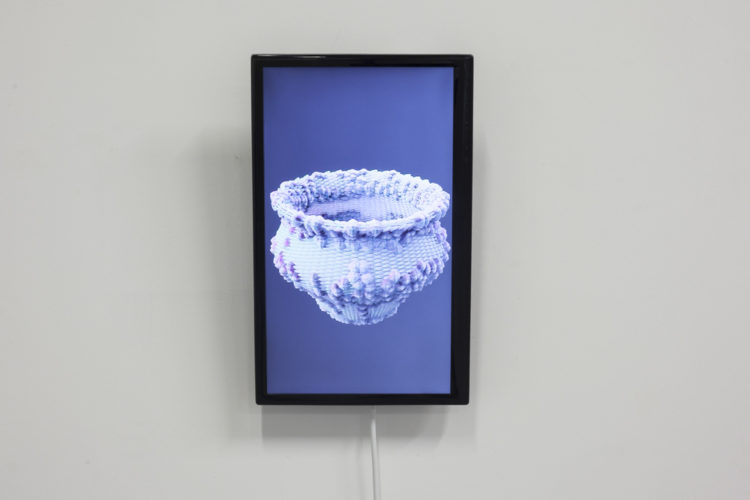
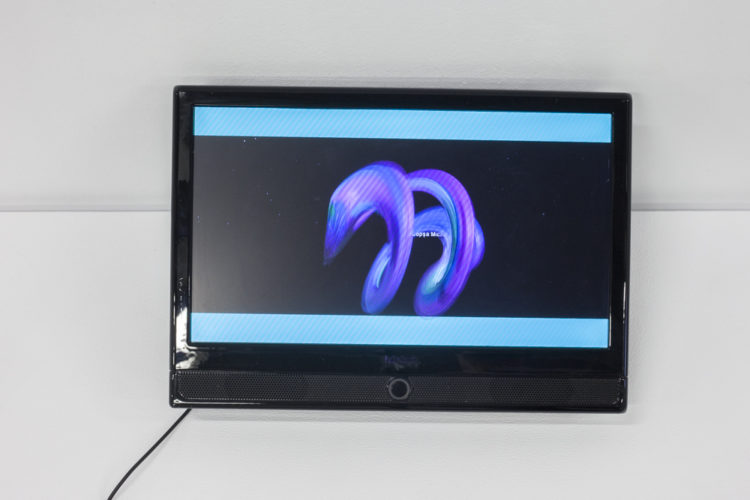

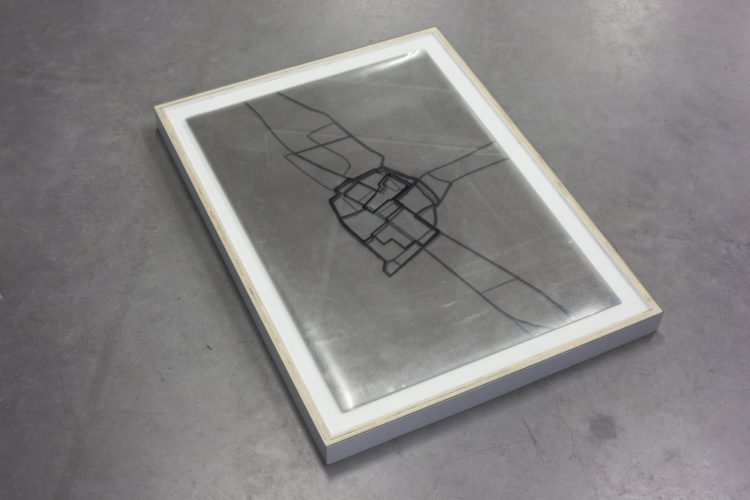
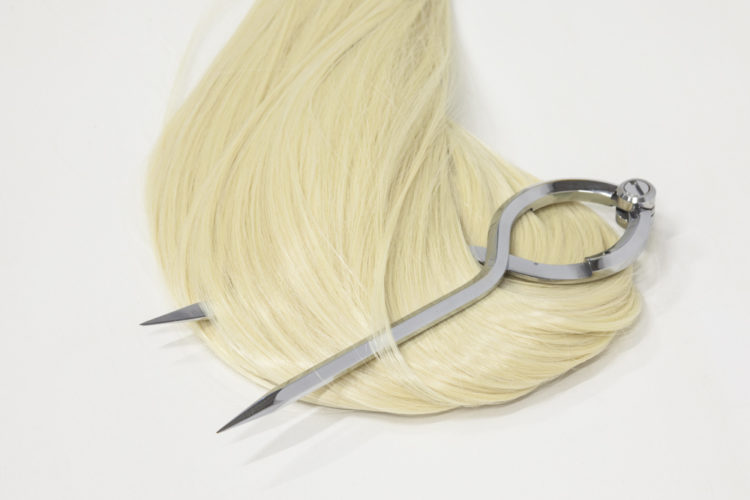
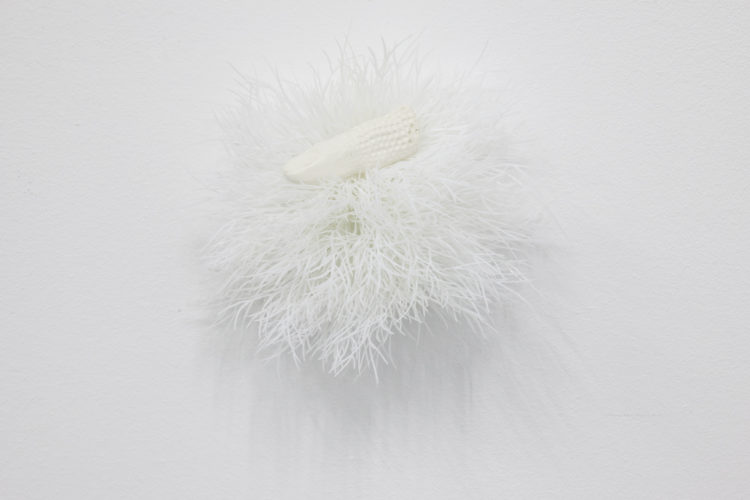
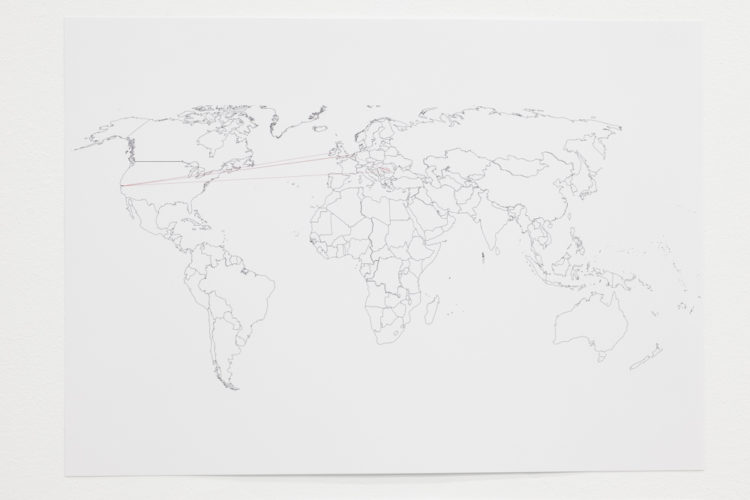
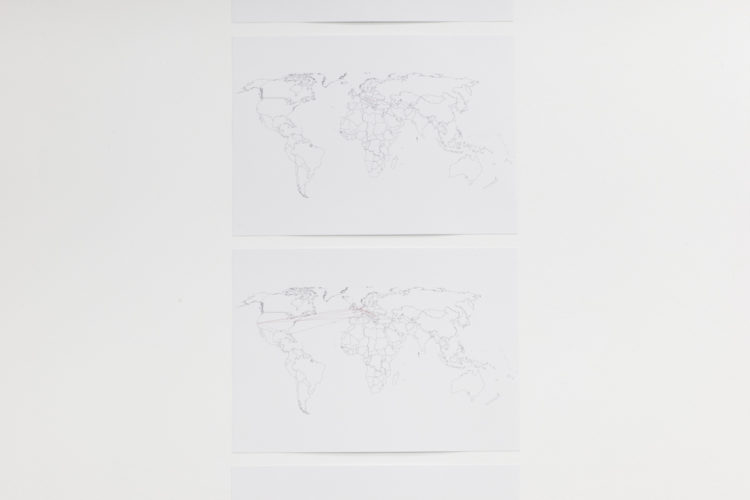
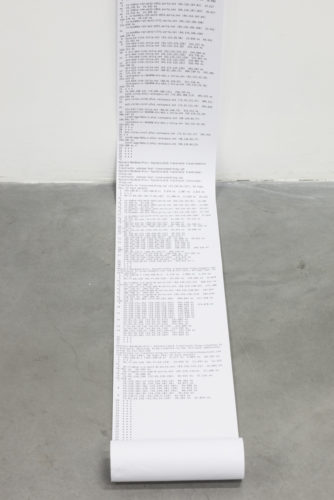

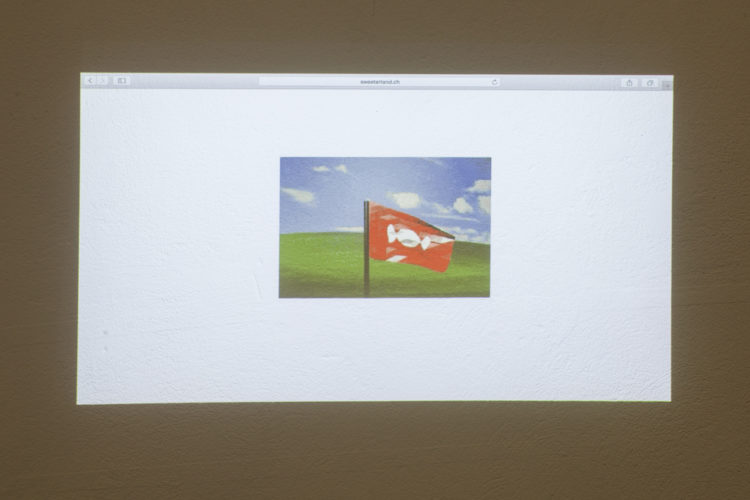
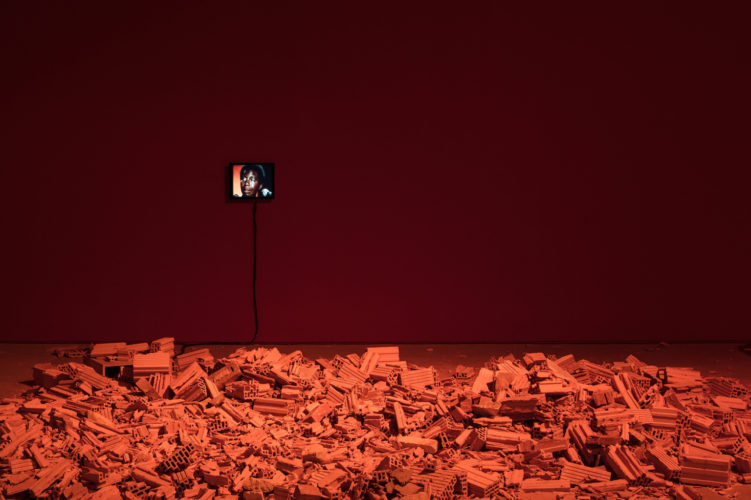
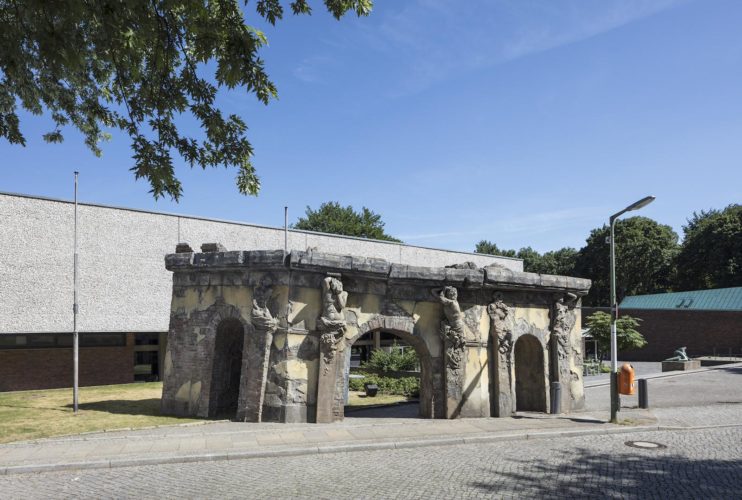
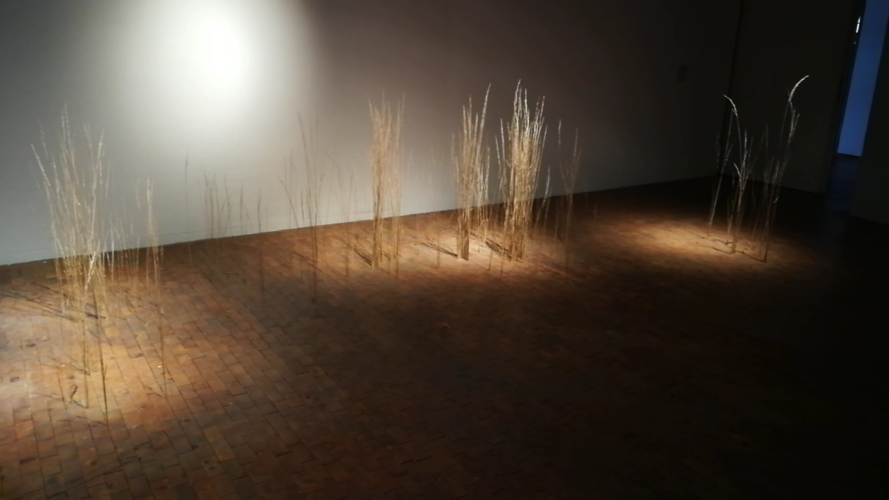

Comments are closed here.